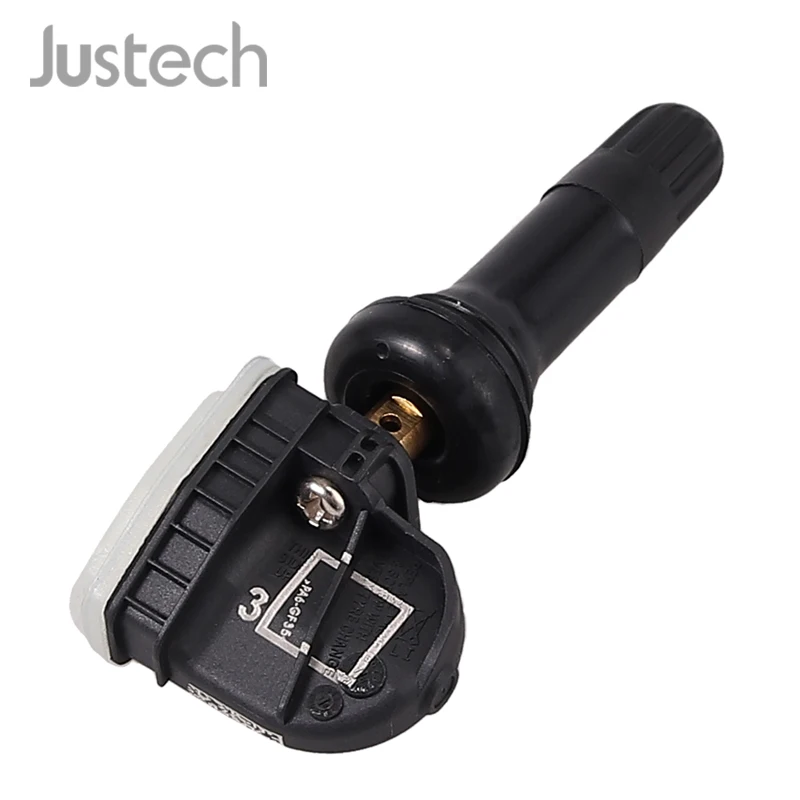by Jennifer S.
If the Tire Pressure Management System in the Chevy Equinox is not working properly, you may have to reset the system. Follow these steps to re-initialize the TPMS.
The light indicator is a notification to warn you of significantly low air pressure or high-pressure loss in your tires and is NOT to be ignored, as low pressure affects the vehicles overall performance such as:
First, Check the Recommended Air Levels Needed:
Keep in mind, after tires are inflated, the outdoor temperature affects how fast the air in the tires will adjust to the proper temperature, this could take minutes, a day, 2 or 3, simply be patient and give the tires time to adjust. In addition, if the tire pressure warning light stays illuminated past a week, you will need to have your vehicle serviced as there could possibly be a sensor issue or a tire puncture.
NOTE: If you are unable to Reset the Tire Pressure Warning Light in the Chevy Equinox on the first try, REPEAT the steps. If you are still unsuccessful, contact the dealership for assistance or consult your vehicle user’s manual.
To reset the Tire Pressure Management System perform the following steps in the section which pertains to your vehicle:
Vehicles With a Start Button:

Check the dash for the warning light, it should be gone.
Vehicles Without a Start Button: Option 1
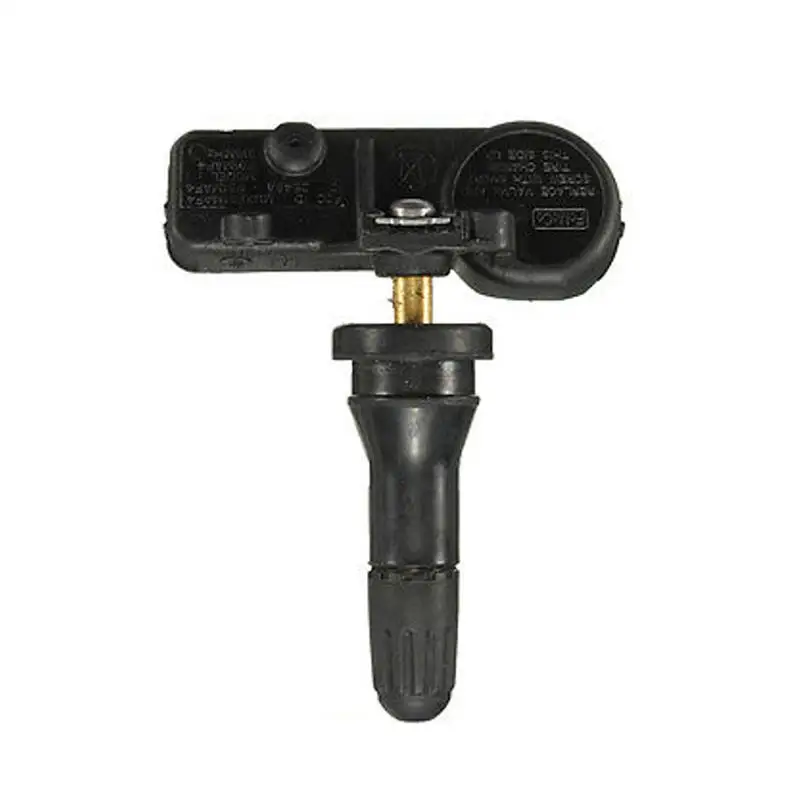
Turn the key to the ON position without starting the engine again to check for the warning light, it should be gone.
Vehicles Without a Start Button: Option 2

Service Center
Schedule Service
What does your Chevy "service tire monitor system" warning mean? What's involved in a tire pressure monitoring system (TPMS)? We're here to answer these questions and lend a hand with any tire-pressure-related concerns that you may have.
The "service tire monitor system" light can let you know of an issue with tire pressure or may indicate the TPMS itself is facing an issue. There are more complexities involved, so read on to see how it works, what it means, why your vehicle has it, and how to get it fixed. Sometimes it can require professional service at an authorized service center, and we're here to get it done for your Chevy Silverado 1500 lease, pre-owned Chevy Equinox, or any other Chevy model.
To understand what the Chevy "service tire monitor system" warning is, we must look at what a tire monitor system/TPMS is in the first place. Firstly, two types of TPMSs are used: direct and indirect. Direct TPMS, as the name suggests, directly gets a reading on tire pressure using a sensor mounted on the wheel and protruding into the tire. Indirect TPMS uses wheel speed readouts and fluctuations of it via the ABS sensor (and sometimes others) to get a measure of your tire pressure.
Firstly, two types of TPMSs are used: direct and indirect. Direct TPMS, as the name suggests, directly gets a reading on tire pressure using a sensor mounted on the wheel and protruding into the tire. Indirect TPMS uses wheel speed readouts and fluctuations of it via the ABS sensor (and sometimes others) to get a measure of your tire pressure.
In either case, your vehicle is using a physical set of sensors to monitor tire pressure. When they detect pressure levels outside of a pre-programmed range, they let you know with the TPMS light on your dashboard, the "service tire monitor system" warning, a specific pressure readout on your infotainment screen, or all at once.
The TPMS light is separate from the "service tire monitor system" blinking light on your dashboard. But, it will typically be illuminated alongside it when a problem with tire pressure arises.
In some cases, it's simply there to let you know of suboptimal tire pressure but can indicate a deeper issue if it stays illuminated after filling the tires. Think about the positioning of such sensors. No matter if its on a Chevy Traverse lease or a used Chevy Trax, the sensors ride either inside or close to the wheels and are often subject to all the bumps and constant spinning force the wheels go through as you drive.
Think about the positioning of such sensors. No matter if its on a Chevy Traverse lease or a used Chevy Trax, the sensors ride either inside or close to the wheels and are often subject to all the bumps and constant spinning force the wheels go through as you drive.
Many road contaminants can compromise indirect TPMS, and pothole-ridden commutes can do much the same for direct TPMS. Even then, these sensors can wear out and malfunction as the years roll on.
That's the gist of it. When your Chevrolet "service tire monitor system" warning comes on and does not turn off or is accompanied by a flashing TPMS light, it can mean your TPMS is malfunctioning and requires servicing.
Aside from indicating that your TPMS requires servicing, it is essential for several other reasons. When the Chevy "service tire monitor system" warning is displayed, tire pressure can be at or fall to suboptimal levels, or the tires may be compromised and unable to maintain proper tire pressure. The results of this can include problems like:
The results of this can include problems like:
There's no benefit to incorrect tire pressure, only downsides. That's the purpose behind this warning. Maintaining optimal tire pressure or diagnosing and servicing the system malfunction as soon as possible is key to a healthy vehicle.
The TPMS light and "service tire monitor system" warning can often be reset by adjusting your tire pressure to optimal levels and then driving around like you normally would for several minutes, followed by turning the car off, then back on. If the GM "service tire monitor system" warning stays on after doing this or is joined by a flashing TPMS light, resetting it at home should not be attempted, and professional diagnosis and servicing at an authorized Chevy service center is required.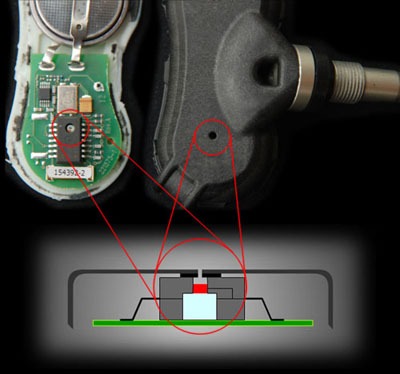
Sometimes it's a matter of installing new tires, and sometimes the sensors must be replaced. Sometimes it can be caused by deeper electrical issues, but it will require certified technicians to figure out and service in any case. It's not a cause for significant concern, but getting it taken care of as soon as you can is necessary to maintain vehicle health.
On most models, whether a Chevy Impala or Silverado, the "service tire monitor system" warning will often be displayed in the gauge cluster on either the instrument screen or the display in-between the gauges. So will the TPMS light. That said, whether you lease a Chevy Colorado or buy a Chevy Cruze, they all follow a similar process to reset the light: Fill the tires to the correct pressure, drive around, and turn the car off then on again. If that doesn't work, stop by an authorized service center.
When facing a Chevy "service tire monitor system" warning that doesn't turn off or is accompanied by a flashing TPMS light, we're here to help. Our service center will make finding the issue and servicing the system a breeze with top customer service, and your vehicle will ride smoothly in no time at all. Contact us, and we'll help set up an appointment today.
Our service center will make finding the issue and servicing the system a breeze with top customer service, and your vehicle will ride smoothly in no time at all. Contact us, and we'll help set up an appointment today.
A Chevy "service tire monitor system" warning can mean one of two things. The first is that your tire pressure is suboptimal and requires adjusting to manufacturer-recommended levels. The second meaning applies if the warning does not go away after filling the tires or if a flashing TPMS light accompanies it. Such a situation means that the system has malfunctioned and requires diagnosis and servicing at an authorized service center.
The simplest way to reset the Chevy "service tire monitor system" warning light is by filling your tires with air to the optimal manufacturer-recommended pressure. This pressure level can be found in your owner's manual or on a sticker in your doorjamb. After doing so, drive around normally for as long as 10 minutes. Then, turn off the car, and turn it back on again. If this does not work, take your vehicle to an authorized Chevy service center for diagnosis, as a malfunction may have occurred.
This pressure level can be found in your owner's manual or on a sticker in your doorjamb. After doing so, drive around normally for as long as 10 minutes. Then, turn off the car, and turn it back on again. If this does not work, take your vehicle to an authorized Chevy service center for diagnosis, as a malfunction may have occurred.
Servicing a tire monitor system is a job that requires a set of advanced tools, thorough mechanical experience, and the correct parts per vehicle. It's not a job that should be attempted at home, and an authorized dealership's service center is the best way to have it serviced. You can find one such service center at Matt Bowers Chevy Metairie, and we have all the know-how needed to service yours and competitive prices to make it a breeze.
* = required
MessageSubject Message Text
Contact InformationFirst Name* Last Name* Preferred Contact EmailPhone Email* Phone ZIP Code*
IDHL7E
Joint Applicant's Information By providing my contact information above, I consent that GM and/or a GM dealer can contact me with GM and/or GM dealer offers and product information. You are the proud owner of a recent car, the joy of tactile devices, integrated technology should bring you the convenience of using your Chevrolet Equinox, however, which says that the technology is talking about electronic, and as we all unfortunately know, sometimes there are violations to resolve. Today we will look at the tire pressure sensor and exactly how to reset the Chevrolet Equinox tire pressure sensor so that this indicator never appears on the dashboard again. To do this, we will divide our article into two parts: first we will explain the classic case of the tire pressure indicator light and the procedure to follow, and then the case where the tire pressure indicator remains on even if the tires are inflated. So, how to reset this sensor in a tire on a Chevrolet Equinox.
So, how to reset this sensor in a tire on a Chevrolet Equinox.
First, we will focus on the typical tire sensor reset procedure on a Chevrolet Equinox, which if it lights up, here are the basic simple steps:

Now that you have tried the common method of removing the tire pressure sensor on the Chevrolet Equinox, and it didn't work, we'll move on to the second method, namely, the tires on my Chevrolet Equinox are well inflated, and I still want this light to go out. Most likely, this means that you have Faulty tire pressure sensor. This will require to reset the value on your car's dashboard.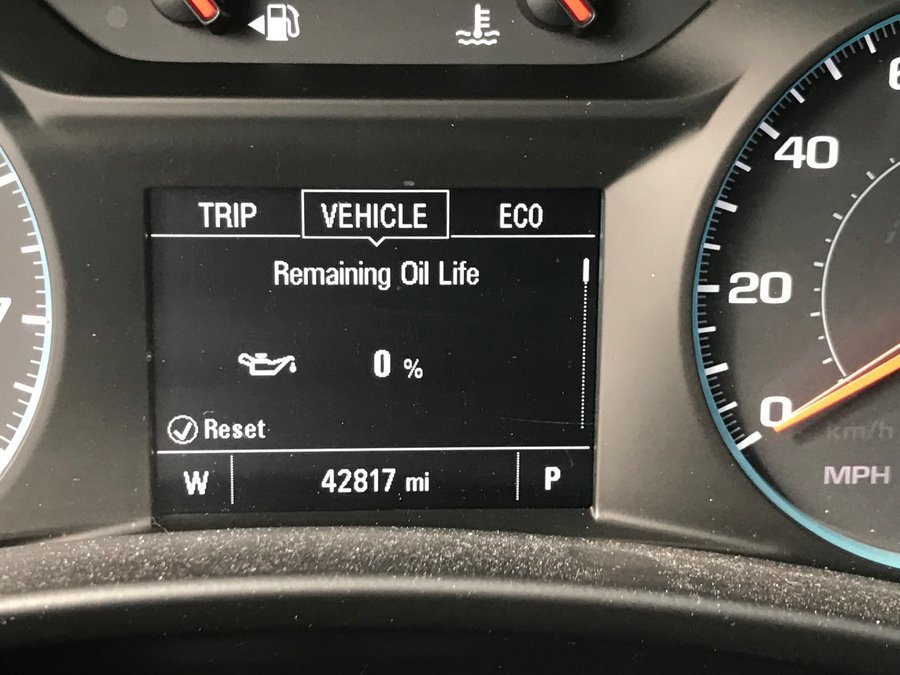 However, be careful not to do this while driving as pressure fluctuations will affect your pressure sensors. In most cases, you need to go through the car's settings, then you should find an option for inflation detection or "deflation detection". While on this tab, you must hold the select button or reset button according to the year of your Chevrolet Equinox until a message appears on the car console that the reset is being taken into account (usually takes a few seconds). You can now turn off the ignition and restart your Chevrolet Equinox to see if the tire pressure indicator has gone out.
However, be careful not to do this while driving as pressure fluctuations will affect your pressure sensors. In most cases, you need to go through the car's settings, then you should find an option for inflation detection or "deflation detection". While on this tab, you must hold the select button or reset button according to the year of your Chevrolet Equinox until a message appears on the car console that the reset is being taken into account (usually takes a few seconds). You can now turn off the ignition and restart your Chevrolet Equinox to see if the tire pressure indicator has gone out.
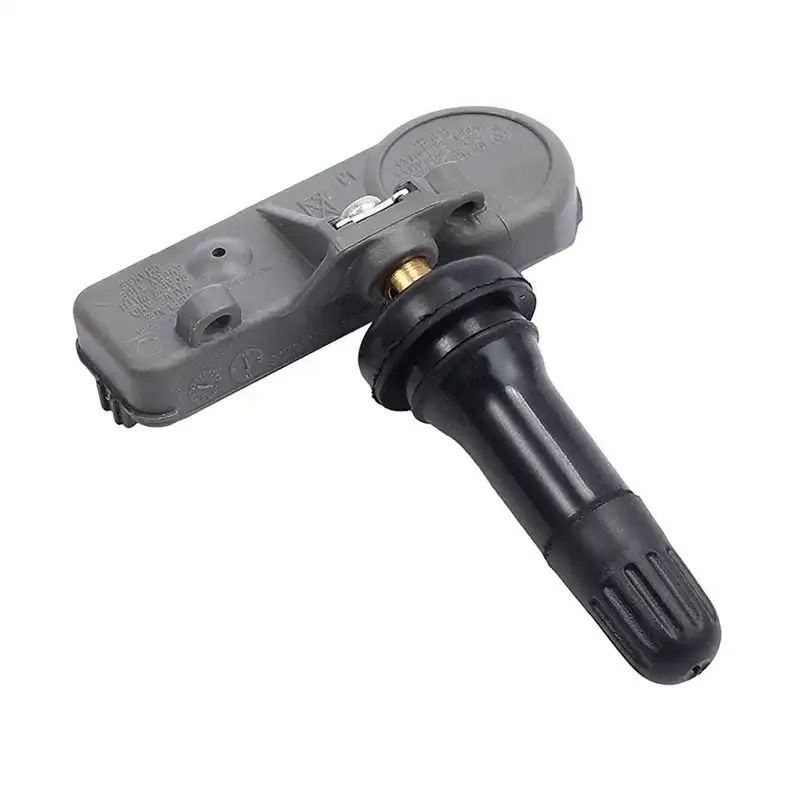 However, this approach is not recommended as it may result in mishandling and malfunction of your Chevrolet Equinox. Now you have all the keys to know how to reset the Chevrolet Equinox tire pressure sensor.
However, this approach is not recommended as it may result in mishandling and malfunction of your Chevrolet Equinox. Now you have all the keys to know how to reset the Chevrolet Equinox tire pressure sensor. For more Chevrolet Equinox tips, take a look at the Chevrolet Equinox category.
TPMS or Tire Pressure Monitoring System is a set of equipment commonly found in modern vehicles. Its main job is to alert you if there are problems with tire pressure. For example, one tire has lost pressure - in this case it is not safe to drive, but the system will inform you about this, and you can inflate the wheel to avoid steering problems.
But sometimes the system does not work correctly. Some sensors may fail or the system needs to be rebooted. In this case, you may see a blinking or simply lit tire pressure error indicator on the dashboard. Resetting the pressure monitoring system will help you solve the problem if the sensor is working.
Please note that different vehicles may have different TPMS reset methods, so you may need to try several of them before you know the most effective one.
Initially, you will just need to hold the tire pressure sensor reset button for a few seconds until the pressure indicator flashes three times and then goes out. But sometimes it doesn't help much. So we found other ways to calm down the pressure control system.
First, locate the TPMS reset button, which is usually located somewhere under the steering wheel. Start the car, press and hold the button for 3 seconds. Then drive at a speed of 80 km/h for approximately 10 minutes. Of course, you will need to find a suitable track for this. Steady driving is an important part of resetting tire pressure sensors this way. Of course, before this operation, you will need to inflate the tires to the required pressure.
In some vehicles, you will need to drive on any road and at any speed for 20 minutes after resetting the sensors, as long as you do not turn off the engine.
So, start the car, press the reset button and hold it for three seconds. Do not turn off the engine until 20 minutes have passed. You can drive or just let the engine idle for 20 minutes. This method of resetting pressure sensors should work for most vehicles. Again, inflate the tires to the correct pressure before resetting the system.
If the simple methods don't work with your machine, try another method. Start the engine so that the tire pressure monitoring system can register the changes. Then inflate the tire 0.2 bar above the recommended level. After a minute, completely deflate the tire. Wait one more minute to reset the sensors. Then inflate the tire to the optimum pressure level and let the engine run for another minute. The indicator should stop flashing.
The idea is to reset the entire engine electronics system by cutting off the power supply from the battery. First, make sure all tires are at the correct pressure. After that, turn off the engine, open the hood and disconnect both terminals from the battery. Wait 10-15 minutes. Reconnect the battery and turn on the ignition to check if the indicator lamp goes out.
After that, turn off the engine, open the hood and disconnect both terminals from the battery. Wait 10-15 minutes. Reconnect the battery and turn on the ignition to check if the indicator lamp goes out.
If the above methods do not work with your vehicle, there is another option. Find a manual for your car or open a forum thread that talks about resetting tire pressure sensors in your car. Look for the combination of steps the manufacturer recommends to reset the TPMS system. Sometimes the combination can be quite strange and even complex.
If all methods fail and the error light continues to flash, the problem may be with the sensors. It is the blinking signal of the tire pressure lamp that often indicates a sensor malfunction. If there is a problem with tire pressure, usually the light will just come on and not blink.
This means that if the light is flashing, one of the sensors may be faulty. Replacing the element is not so easy because it is under the tire. The tire must be removed from the rim to replace the sensor.
Replacing the element is not so easy because it is under the tire. The tire must be removed from the rim to replace the sensor.
After replacement, you will still need to reset the pressure control system for the new sensor to work. Otherwise, the indicator will flash or light up.
Where is the reset button for the tire pressure sensors?
The button is often located directly below the steering wheel. But there may be different options. If you don't find the TPMS reset button there, look around the steering wheel - it should be somewhere in this area.
Difficult to say for all vehicles, but for most vehicles, the travel time before resetting the tire pressure monitoring system should be at least 10-15 minutes. If you turn off the engine earlier than 10 minutes after pressing the reset button, the TPMS will still send some error signals the next time the engine is started.
Drivers occasionally upgrade tires and wheels to larger ones and want their stock pressure control modules to work properly.